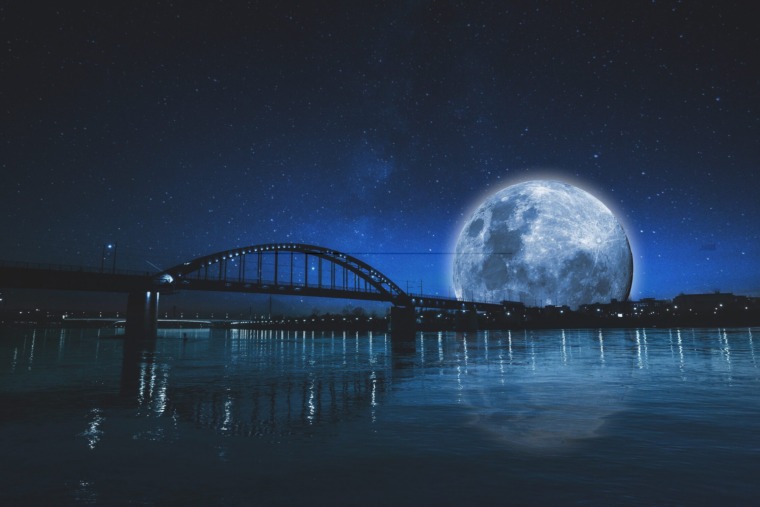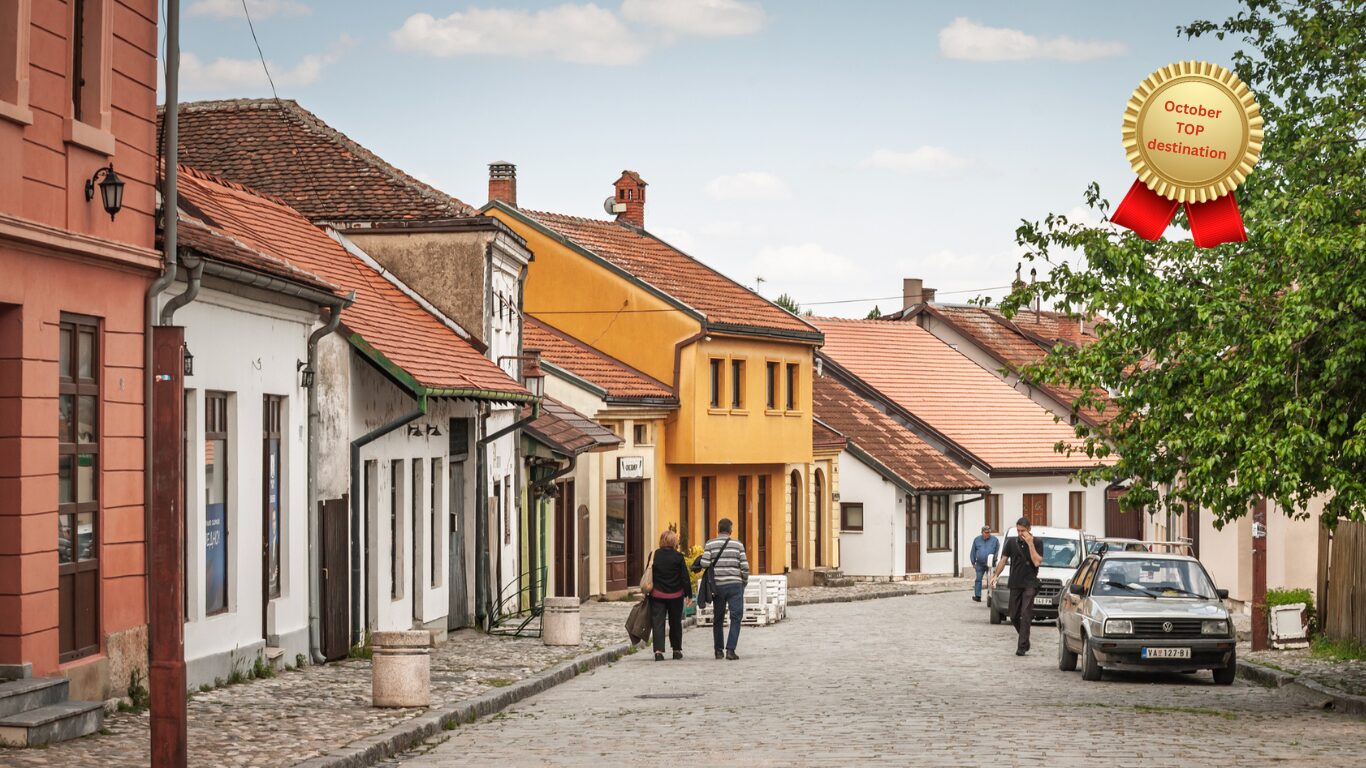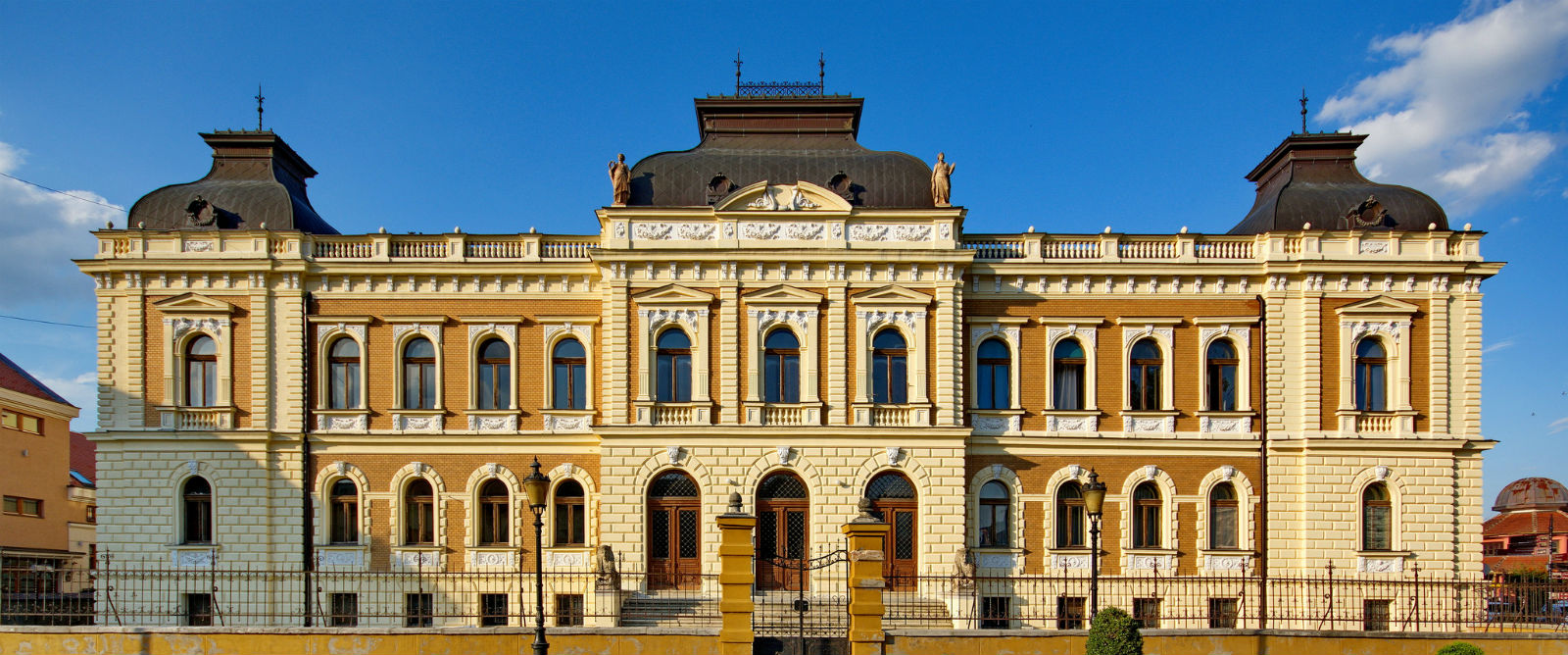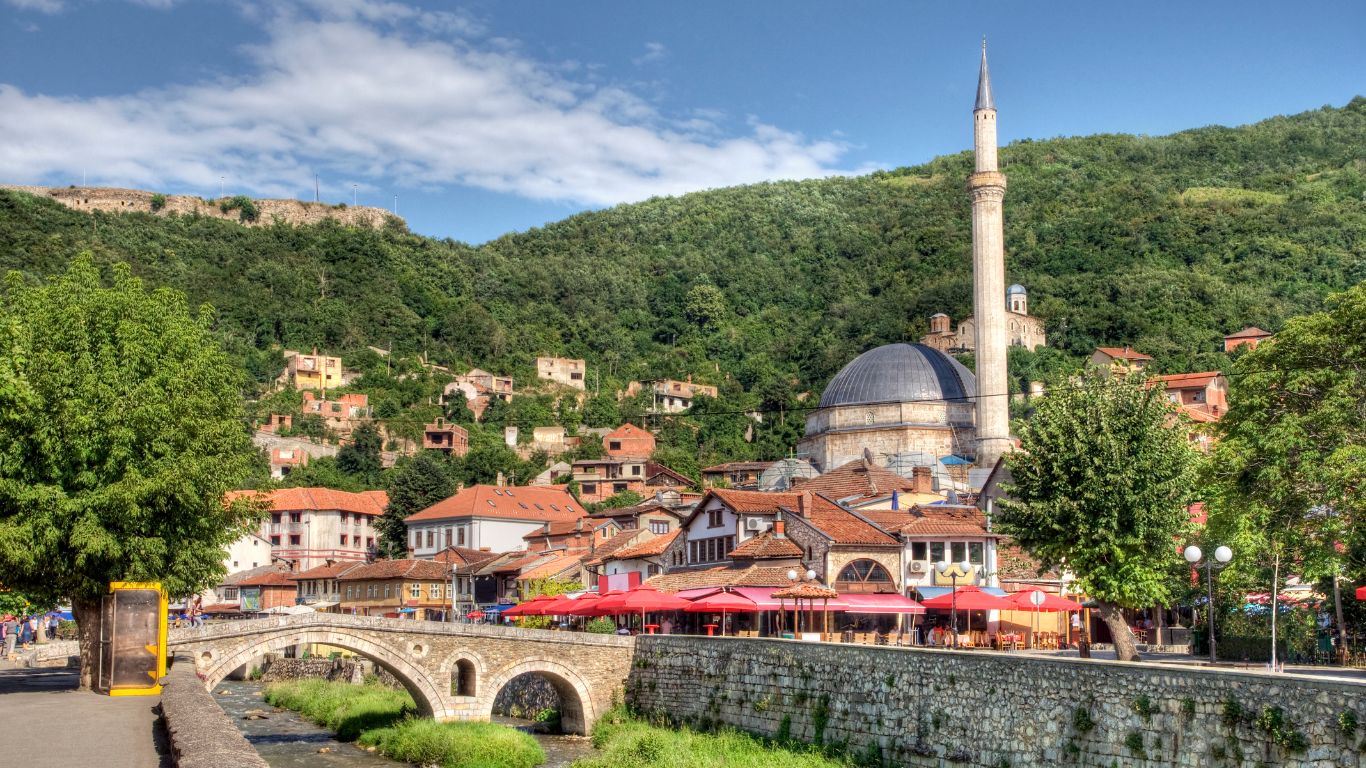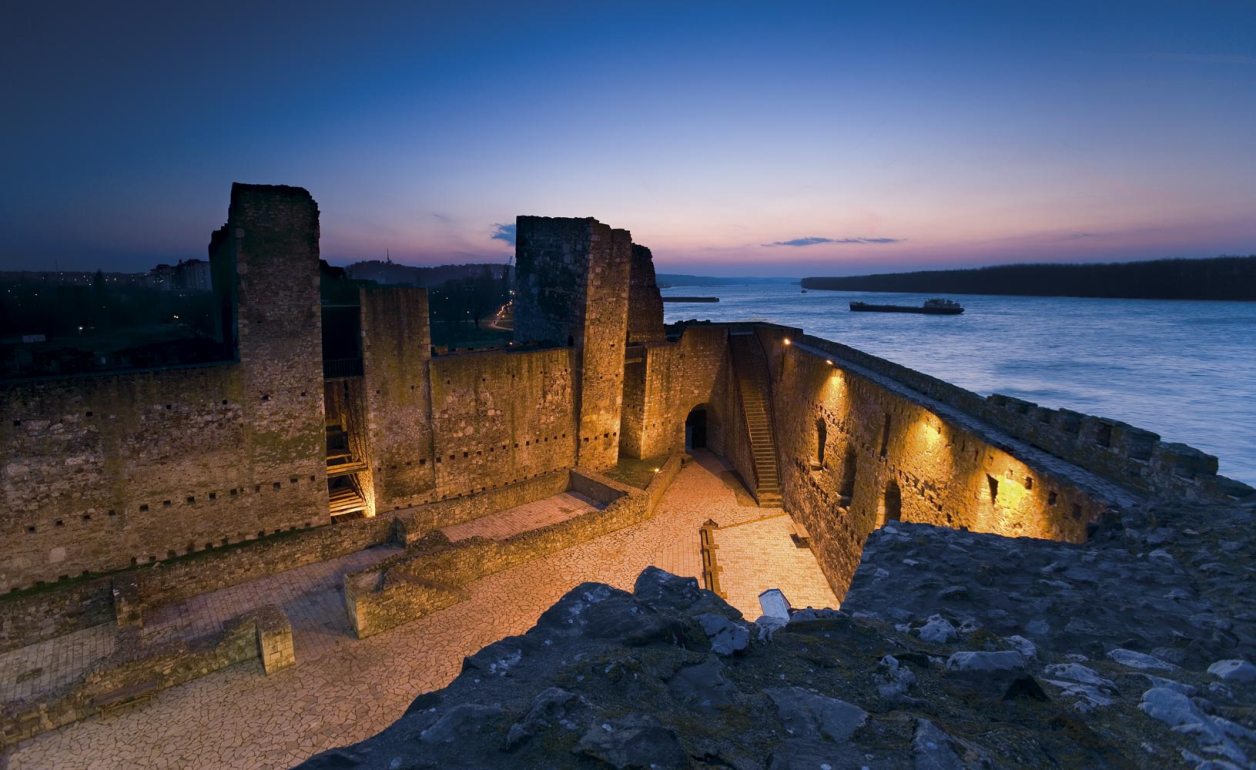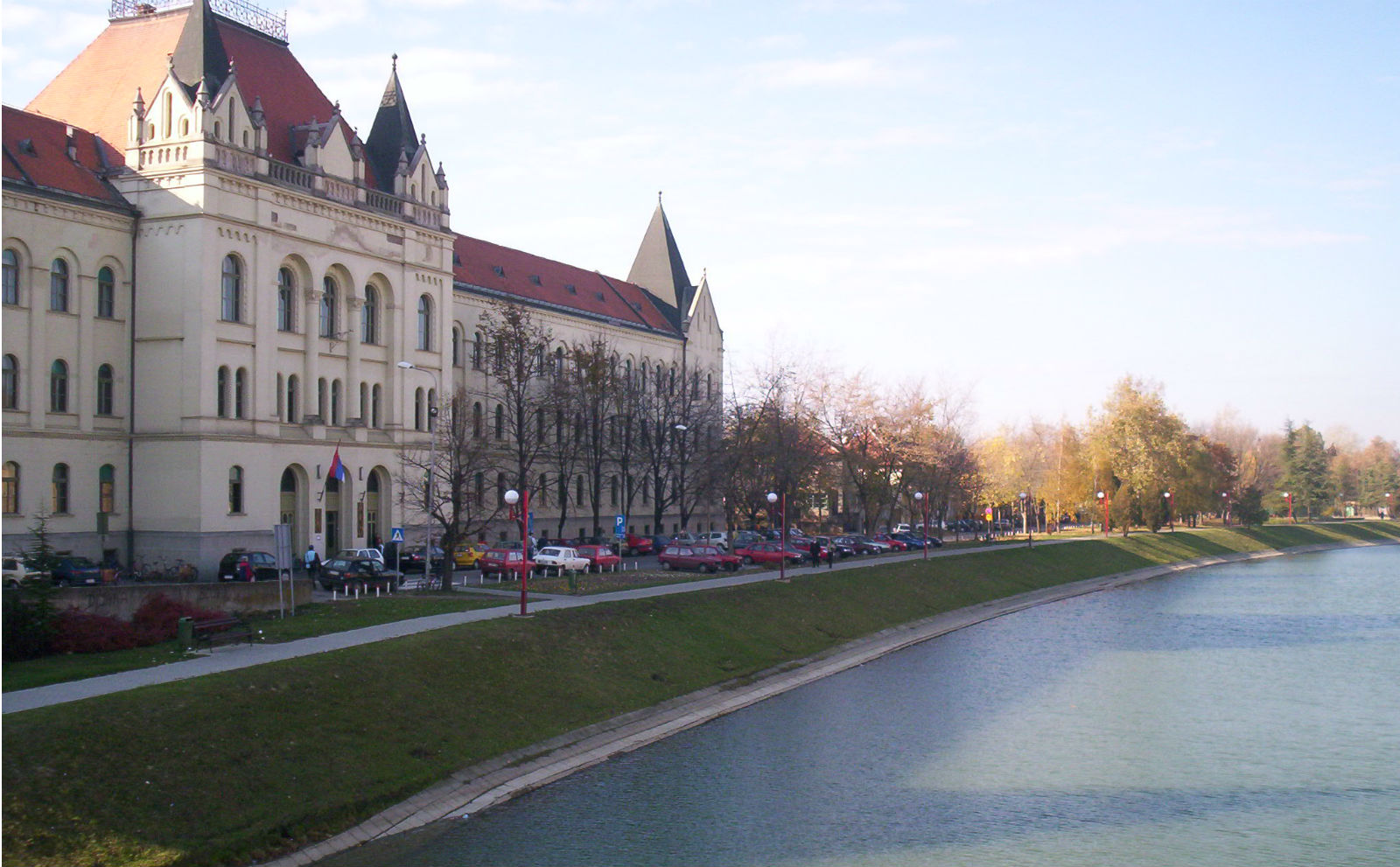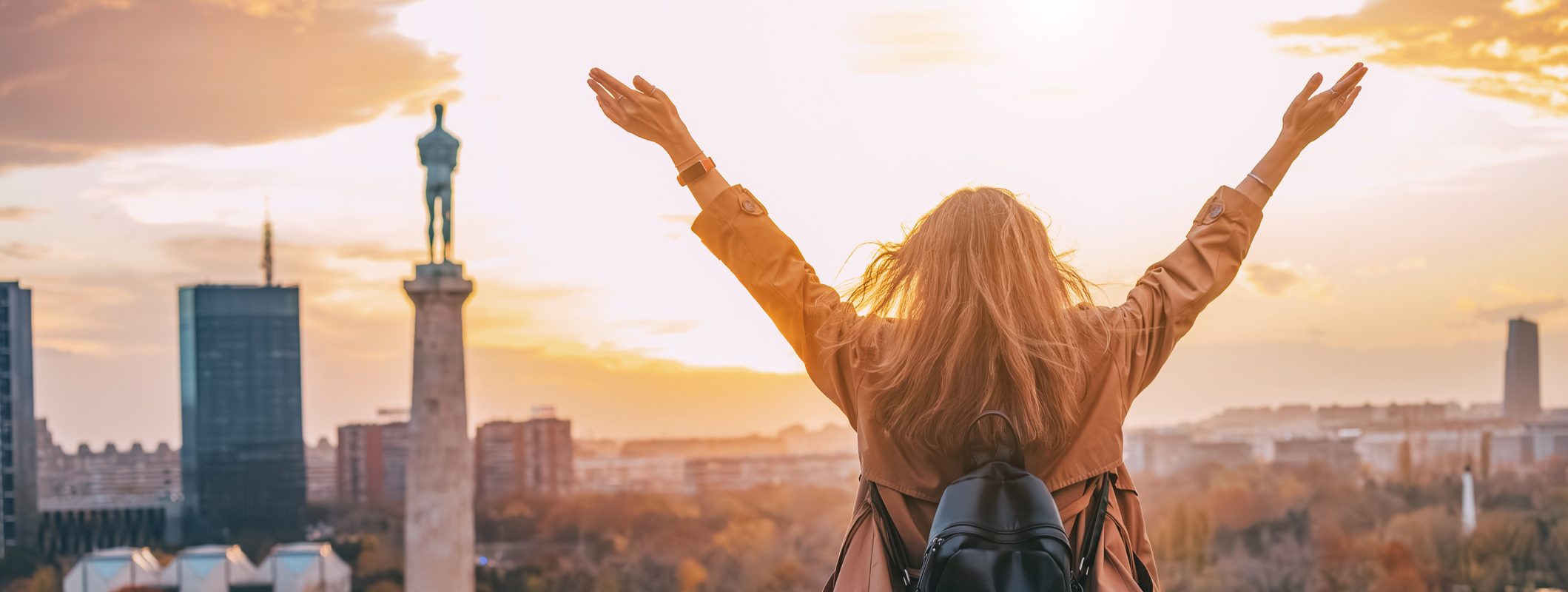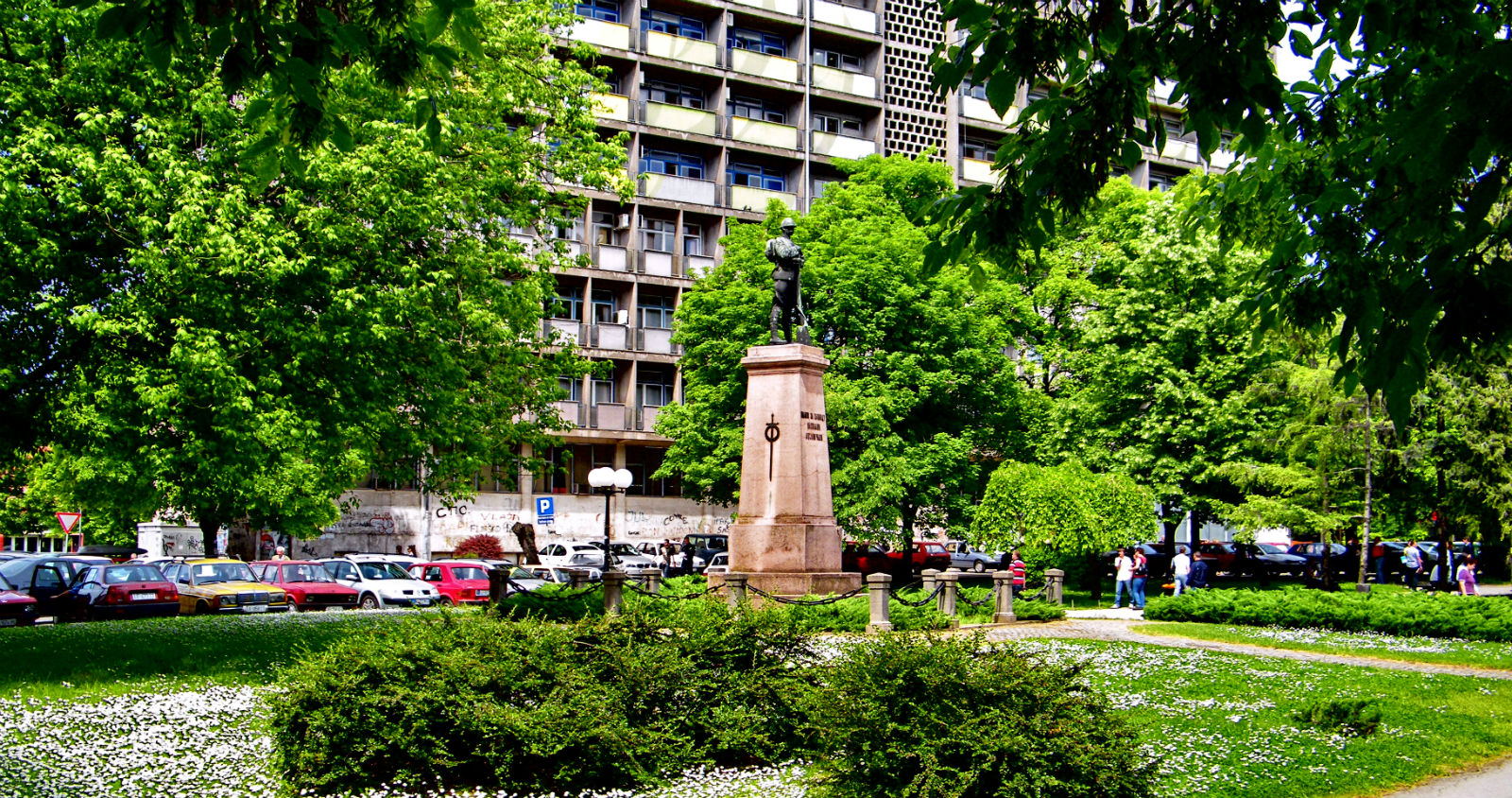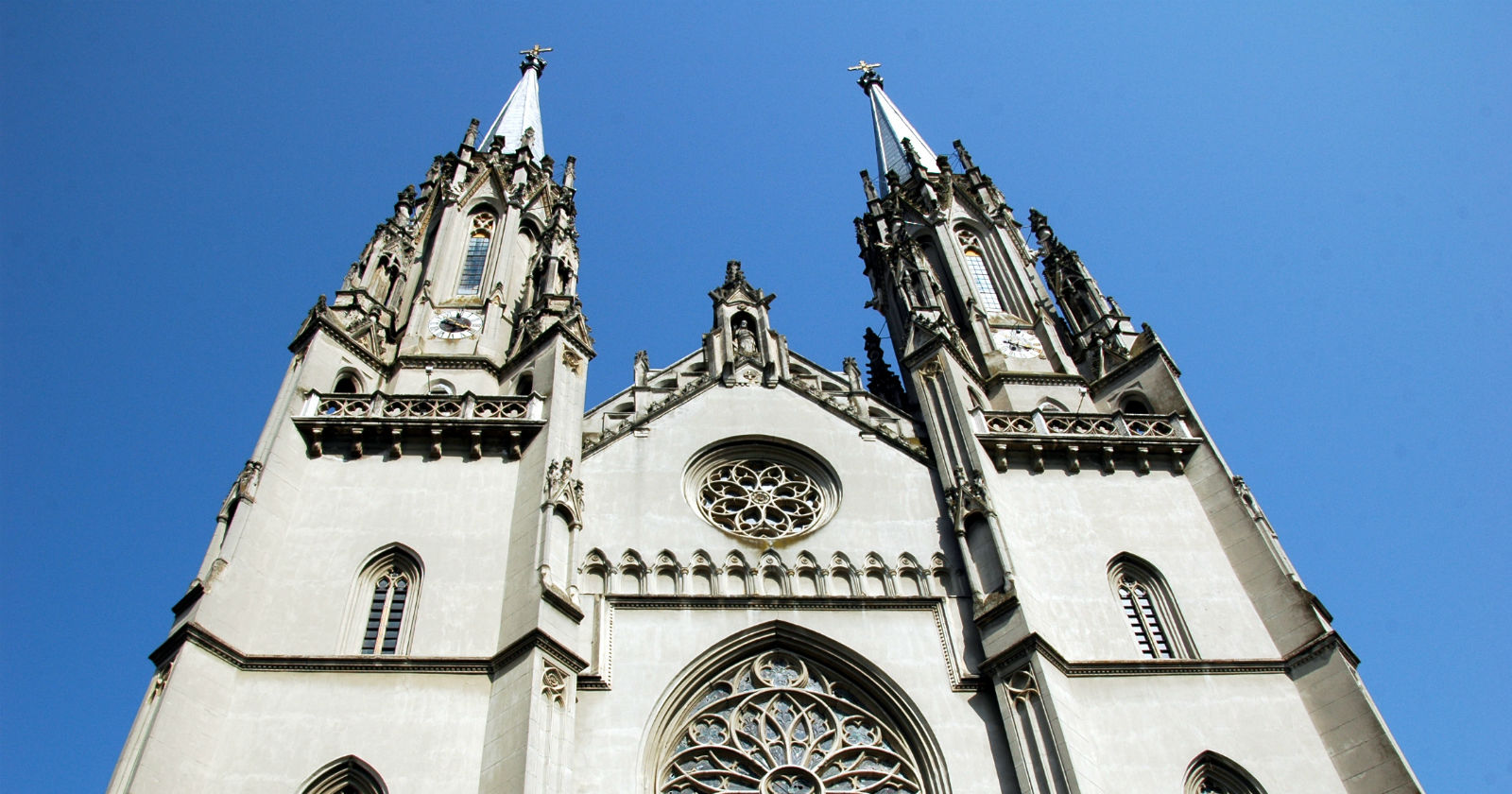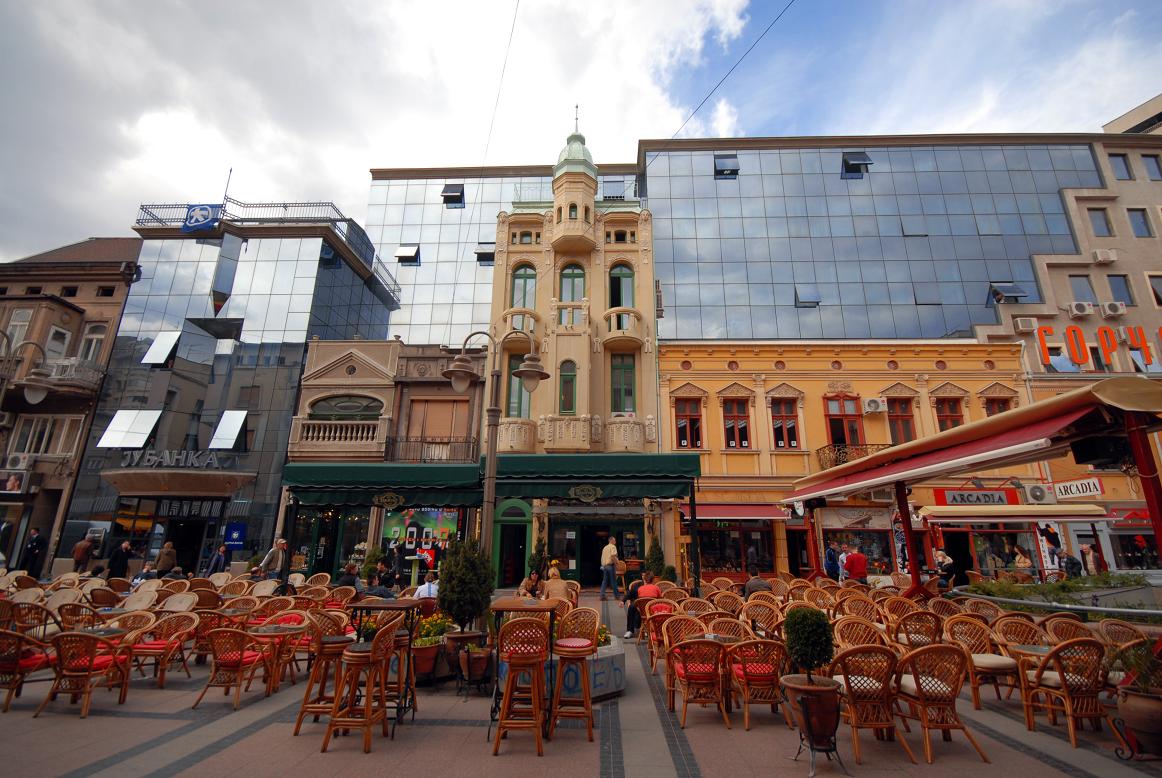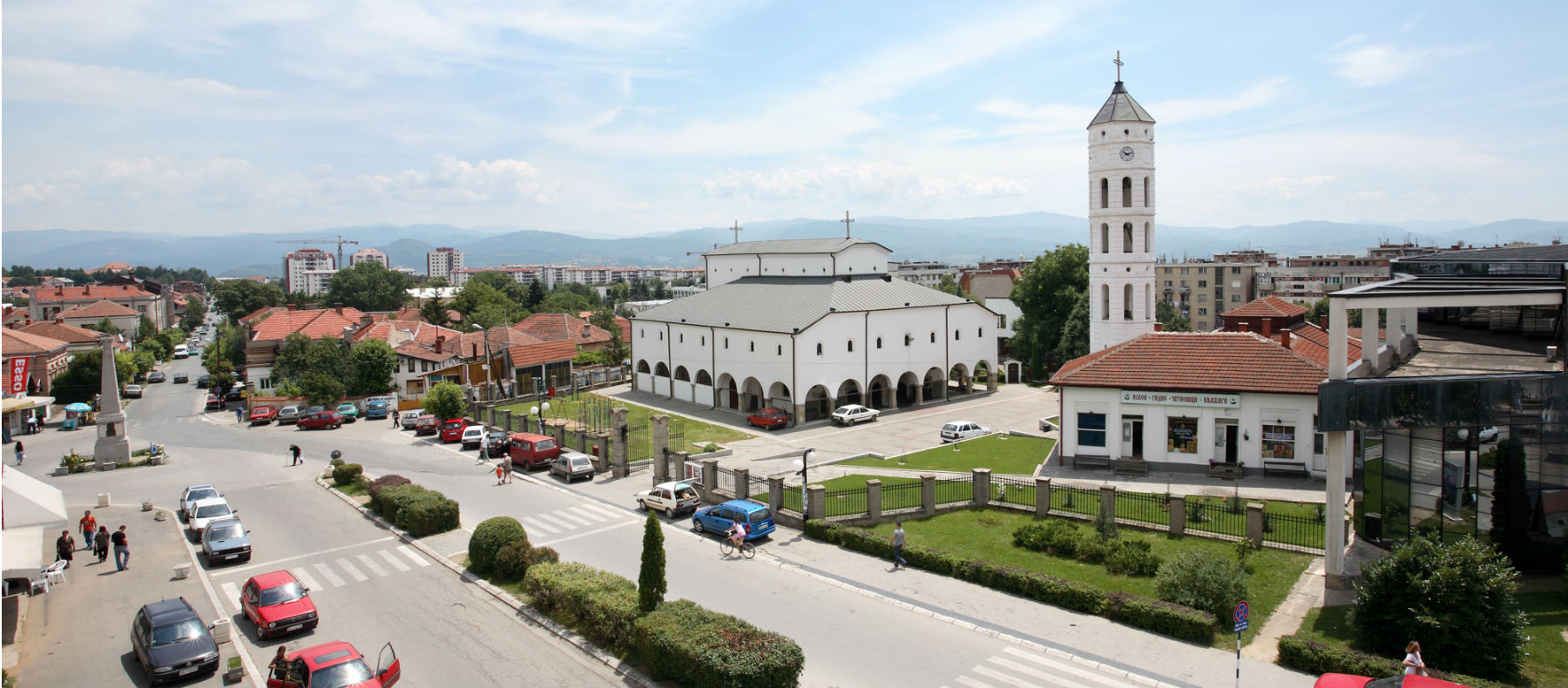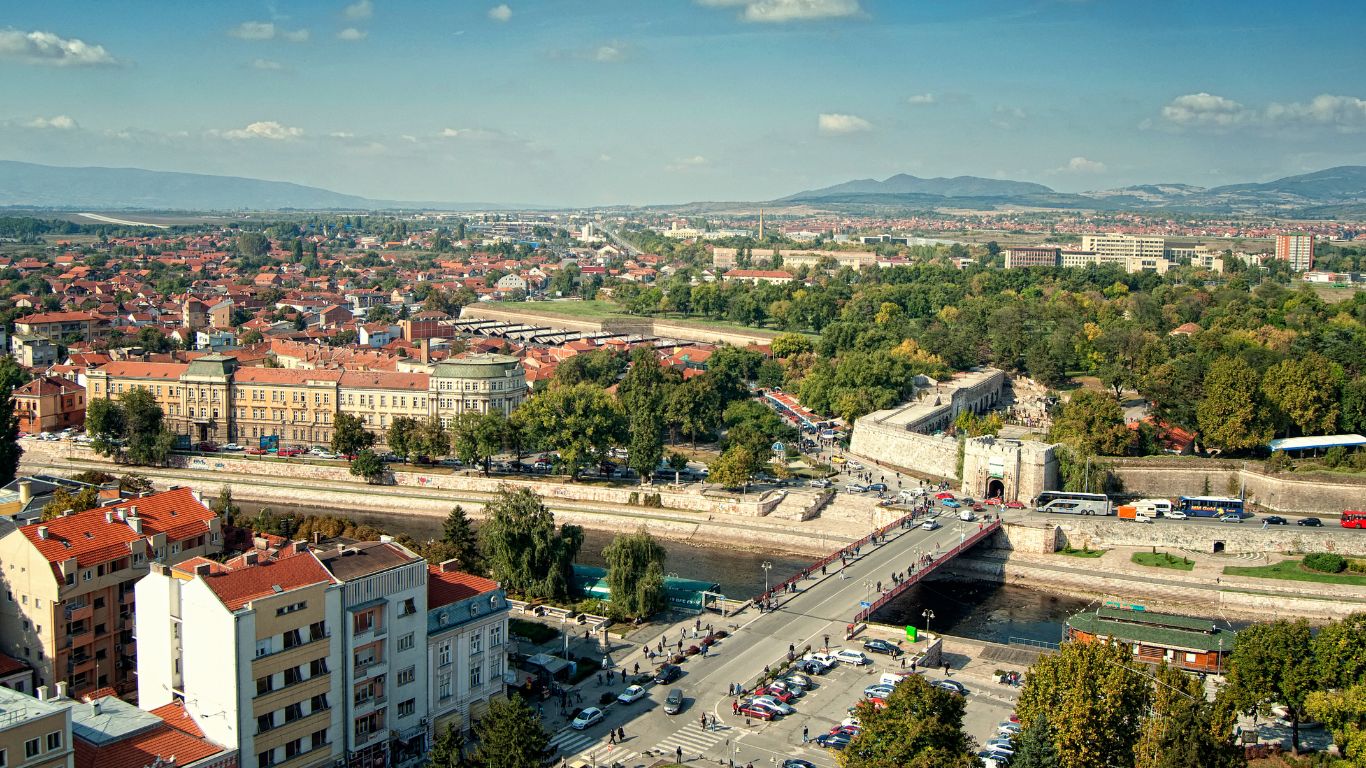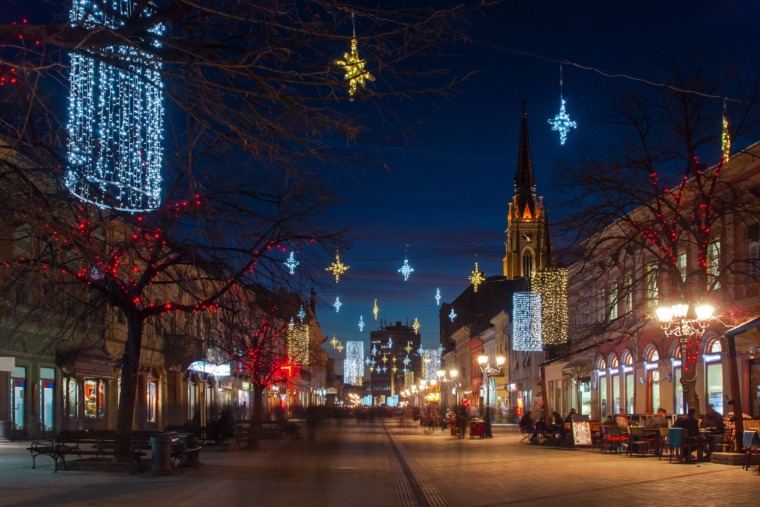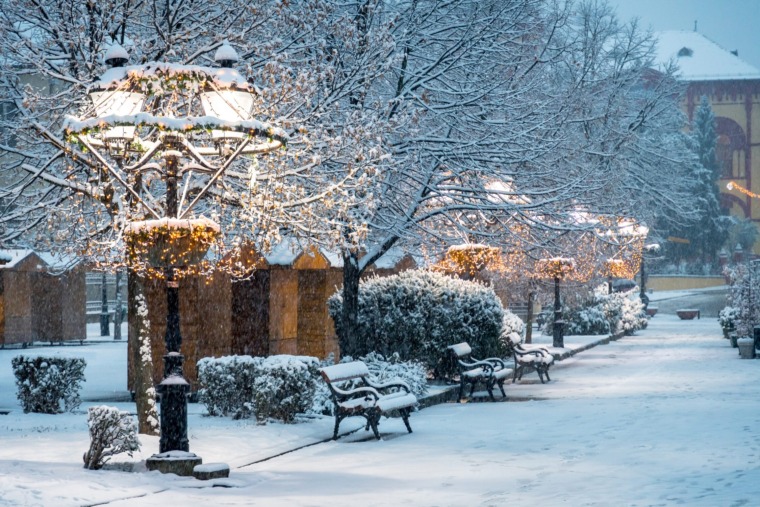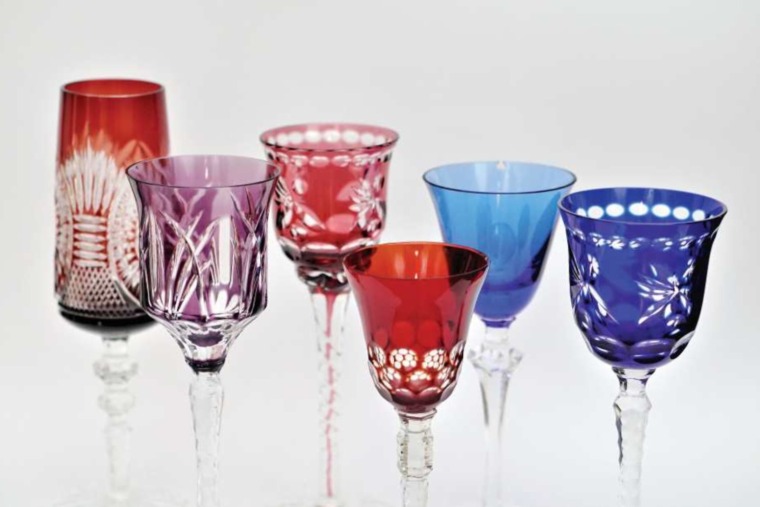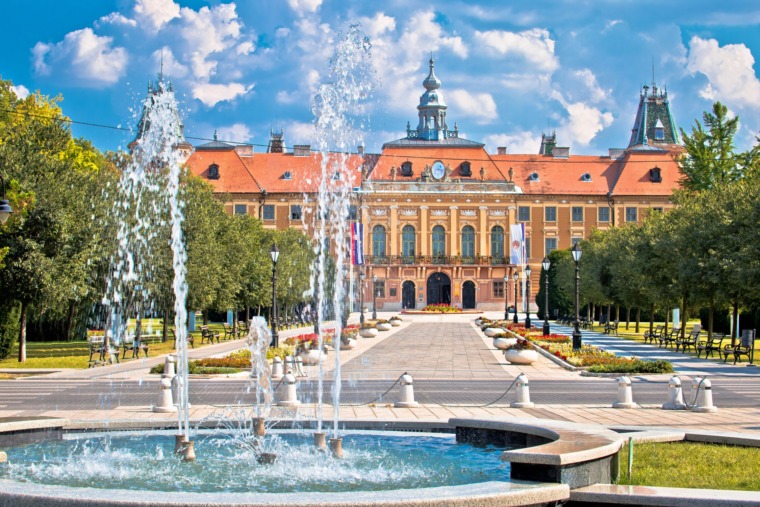Since the old, life in Valjevo thrives in two city quarters, of which one keeps the spirit of Orient, and the other of the 19th century Europe, all the while their authenticity serves as an ambient for many cultural events.
Valjevo is known as a city where you can find one of the best Serbian museums, but also as a city that lies on the banks of four rivers, of which one is Gradac, the cleanest river in Europe.
Valjevo is one of the rare cities that has two city centers. One across the other, as a symbolical contrast of the East and West and their centuries long collision right here on Serbia’s soil. They are divided by the river Kolubara.
City – Hospital
During the WWI Valjevo was the center of the Serbian army headquarters, and in its vicinity, under the command of the prominent Valjevo’s citizen, Duke Živojin Mišić, Serbian army defeated the Austro-Hungarian troops in the Battle of Kolubara. However, it suffered substantial losses and there were many wounded. Therefore the whole city was transformed into an enormous war hospital in which lay wounded and injured, and the ones suffering from typhus epidemic.
On its right shore lies Tešnjar, old city center built in Oriental style. Tiny craft workshops, small houses and cobblestone roads make Tešnjar look like it has fallen asleep in the times of Turkish Pashas and Serbian rebels. And it remains in its peaceful slumber till it’s woken up by August Tešnjar festival “Tešnjar’s Nights” in which this city center changes its many faces of the arts, especially theatre and film.
Across the oriental Tešnjar, prince Miloš Obrenović ordered the building of the town street, quarter, on the left bank of Kolubara river, done in an European style. By building commercial and catering facilities, craft workshops and hotels, this street in time became the core of city life, but just like Tešnjar, it became also the main stage for many cultural and art events, and a perfect set for shooting films and TV shows.
The tumult of old city quarters, sounds of craft workshops in which smith’s fire slowly smolders, the violin of the first city pharmacist in Valjevo, you can relive it all again in one of the best Serbian museums, National Museum of Valjevo. Its “time gates” are evoking all periods of city development in three-dimensional way guiding you through the first Neolithic pottery workshops, over Turkish quarter, dressed-up citizens waiting for the first train, all the way to the war cabinet of Duke Živojin Mišić in the Macedonian Front.
Part of museum’s treasures of Valjevo is placed in Muselim’s lodgings from the 18th century, the oldest preserved building in Valjevo, which is the only material leftover in Serbia regarding the Slaughter of the Knezes (Dukes). This unfortunate event happened in 1804 when over a hundred Serbia’s most prominent Dukes and noblemen were slaughtered because they were preparing the uprising against Ottoman dictatorship, making it an immediate cause of the First Serbian Uprising.
The heads of famous Serbian Dukes Aleksa Nenadović and Ilija Birčanin were displayed for public on the roof of Muselim’s lodgings. Today in the ambient of the old Turkish prison inside the lodgings is the museum display: “Slaughter of the Knezes”. That is why Valjevo is known as “the city of warriors and rebels”, and why so many cultural monuments are depicting them.
One of them is Brankovina, unique monuments complex and overall a well-known place of which residents of Valjevo take a special pride in, and is only 7 miles away from the city. Brankovina is famous for its prominent figures, their monuments and the orthodox church of Saint Archangels from 1830, a heritage of Prota Mateja Nenadović, the Duke and a leader of the First Serbian Uprising.
Today’s church treasury guards the reliquary cross from the 5th century, Great Gospel which Prota brought to Serbia as a gift from the Russian Emperor, and many other icons. In the churchyard you can see “sobrašice”, small old wooden houses specially built for family gatherings in times of church festivities. Besides the Nenadović’s graves you can find here the tombstone of the famous Serbian poet Desanka Maksimović.
In the city you can also find two more hallmarks of Valjevo: Nenadović Tower from 1813, and the Temple of the Ascension built in 1992, second biggest in Serbia. Valjevo is also known for its numerous monuments, one of which is the monument dedicated to the fighters for the Revolution (done in the image of Stjepan Filipović), located on the Vidrak hill and is one of the biggest sculptures in the world depicting a full body figure.
In the perfect natural ambient of the city’s surrounding areas there can be found a few monasteries and the oldest and the most beautiful of them all is the Pustinja monastery in the canyon of river Jablanica. It was built in 1622, the year its frescoes were painted, where the most valuable is the fresco of John the Baptist.
Spread beneath the highest tops of the Valjevo mountains in which vicinity is a winter touristic resort Divčibare, this city is always interested in proving that it is not only “the city of rebels and warriors”, but also a city with incredible picturesque nature and vast cultural and artistic riches.
How to reach the “four river city”?
Valjevo is 60 miles from Belgrade and 85 from Novi Sad. You can reach it by railroad which goes from Belgrade all the way to the Adriatic Harbor – Bar. The nearest commercial airport is in Belgrade, and sport airport is in Divci, 7 miles from the city. There are frequent busses departures from all the major cities in Serbia leading to Valjevo.
While you are here, do not miss…
Just 5 miles away, near the Petnica village there is a Petnica cave, made out of 2000 feet long canals and chambers. Inside, and around it have been found the oldest records of life of the West Serbia’s people, so here has been built a research station in 1982.
Do not miss out on the other Valjevo monasteries besides the Pustinja monastery, like Lelić monastery, Ćelije, and Jovanja.
Villages surrounding Valjevo, spread underneath its mountains Jablanik, Medvednik, Povlen, Maljen and Suvobor, still keep the traditions and customs of Serbian farmers of the 19th century.
Do not miss “The Golden Opanak” in April, an international festival of folkloric dance ensembles, Raspberry days in Brankovina at the end of June, Jazz festival in October and “Kosidba on Rajac Mount”, festival of traditional and original customs celebrating the harvest, mowing and village rituals.
Related Articles
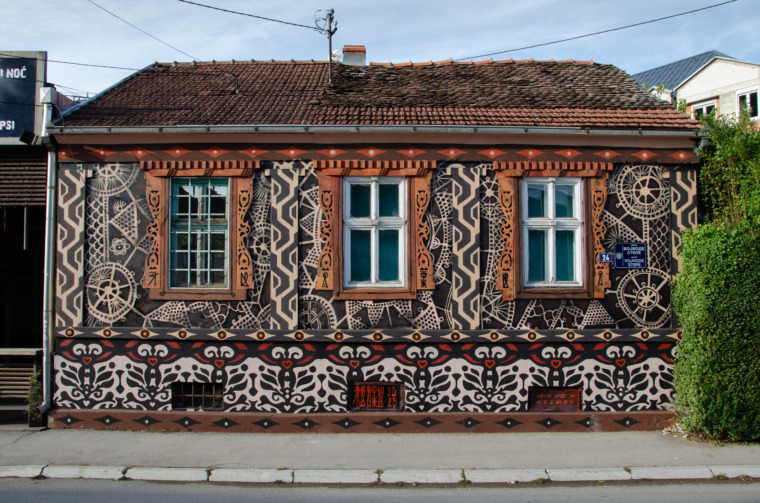
Čačak: Serbia’s Open-Air Gallery of Murals
December 19, 2025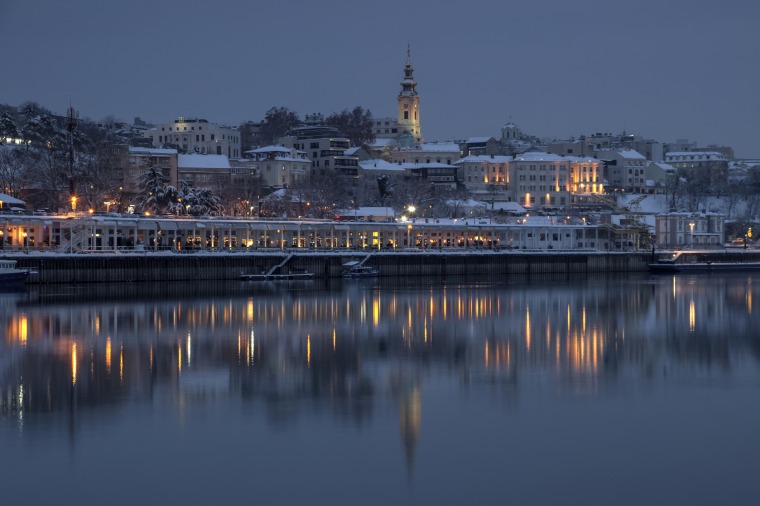
Belgrade in December: A City of Lights, Warmth, and Holiday Magic
December 5, 2025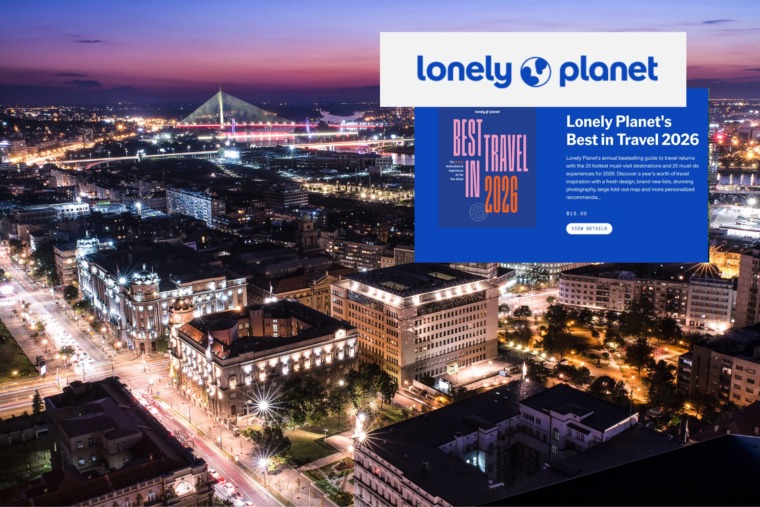
Belgrade Among Lonely Planet’s Top Experiences for 2026
November 14, 2025